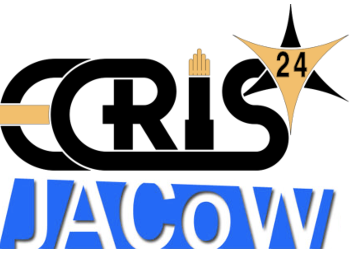Speaker
Description
INFN-LNS effort in PIC development for ECR Ion Sources is growing, and the collaboration is enlarging. Simulation capability is essential to reveal phenomena that diagnostics cannot catch. The simulation incorporates 3D charged particle motion, 3D electromagnetic simulation with tensorial permittivity, 2D axial symmetric Poisson solver, density evolution of neutral and excited particles, interaction with conductive and insulating walls, and electrostatic beam extraction. Recent upgrades include an adaptive time step and Poisson solver optimisation, allowing simulation of a hundred microseconds, with a time step of 2×10⁻¹² seconds, in one month of computation. The chemical model was extended to 32 reactions and now includes the first excited atomic level of H and the first excited vibrational level of H₂. The secondary electron emission and the charge accumulation on the dielectric surface of Boron Nitride disks were implemented, and their role in the plasma formation was disclosed. The actual validation phase, where simulation results are compared to experimental data, will be reported. The commissioning of the PS-ESS source shows a region where the source does not produce a beam, even if powered by 600 W of RF power. This behaviour was fully disclosed by simulation and will be presented. The role of the different resonances acting on the standard high current configuration (MDIS) and super stable configuration (HSMDIS*) will also be discussed.
Footnotes
- L. Neri, L. Celona, “High Stability Microwave Discharge Ion Sources”, Nature Scientific Reports 12, 3064 (2022) https://doi.org/10.1038/s41598-022-06937-7
| I have read and accept the Privacy Policy Statement | Yes |
|---|

